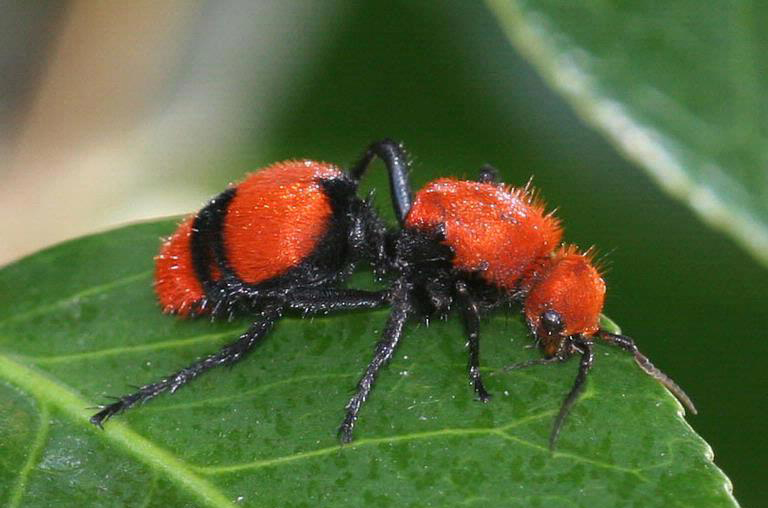
The world is full of terrifying and poisonous creatures. Its kind of crazy to think that there are insects out there smaller than a human fingernail, that can bring us to our knees with nothing but a single bite but poison is a crazy thing.
Black Widow Spider
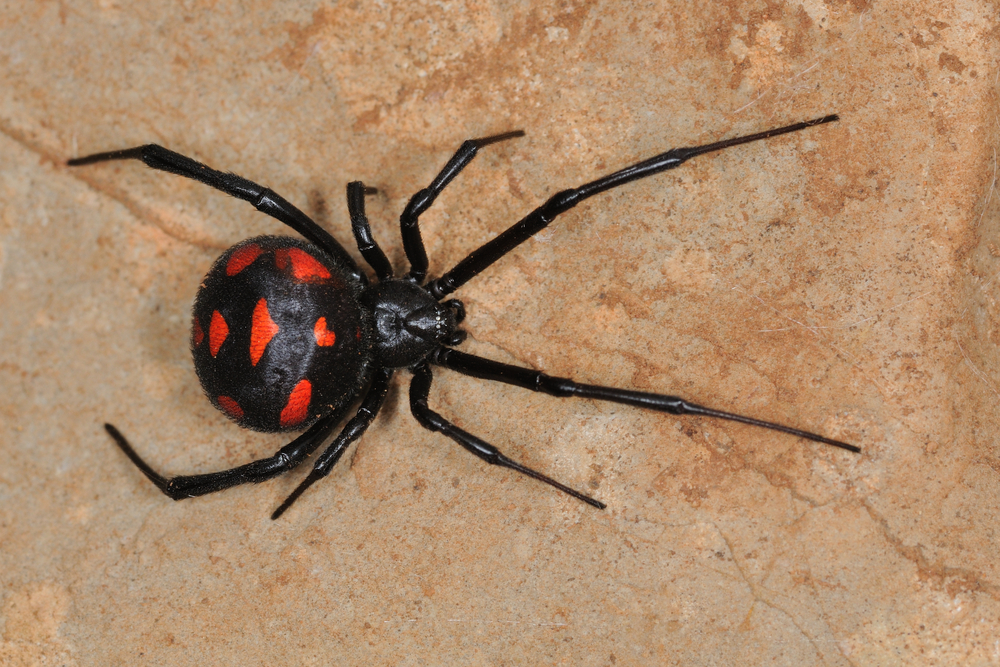
Overview
It’s the Black Widow, you will no doubt have heard of them of all the deadly creepy crawlies in the world. These are among the most iconic though their true name is Latrodectus, the nickname Black Widow; better captures the deadly toxic nature of these poisonous arachnids.
venom
These small spiders have an unusually potent venom containing the neurotoxin and Latrotoxin, which causes the condition latrodectism, both named after the genus. Female widow spiders have unusually large venom glands and their bite can be particularly harmful to large vertebrates including humans. Only the bites of the females are dangerous to humans, simply put you do not want to mess with these things. Their nickname was inspired by the prevalence of sexual cannibalism and the females, basically after mating the women will eat the male’s not always but still.
Nests
It’s a heck of a risk just to get laid black widow spiders prefer to nest near the ground in dark and undisturbed areas. Usually in small holes produced by animals or around construction openings or woodpiles. Indoor nests are in dark undisturbed places such as under desks, furniture or in a basement.
How it catches the prey
The spider frequently hangs upside down near the center of its web and waits for insects to blunder in and get stuck. Then, before the insect can extricate itself, the spider rushes over to envenomate and wrap it in silk. To feed the mouth pulses digestive juices over the prey which is liquefied and internalized by capillary action allowing the slurry to be sucked back up into the mouth. Their prey consists of small insects such as flies, mosquitoes, grasshoppers, beetles, and caterpillars.
Dangerousness
If the spider perceives a threat, it quickly lets itself down into the ground on a safety line of silk. If you see one, make sure it does not perceive you as a threat. The black widow may not be much bigger than the average paper clip but it’s certainly more dangerous. According to National Geographic, its venom is 15 times more potent than that of a rattlesnake. Though contrary to common myths, few people ever perish at the hands of the small spider rather a black widow bite can cause muscle aches, nausea, and difficulty breathing.
Avoid all types of widow
They’re not even the only type of widow spider that could have earned a place on this list. There is also another type it’s Red widow. Red widow spider can only be found in certain parts of Florida and the bad is that if you get bitten by one, the venom is a neurotoxin that could potentially cause permanent muscle spasms. It’s probably best to avoid widow spiders of all kinds.
Buck Moth Larvae
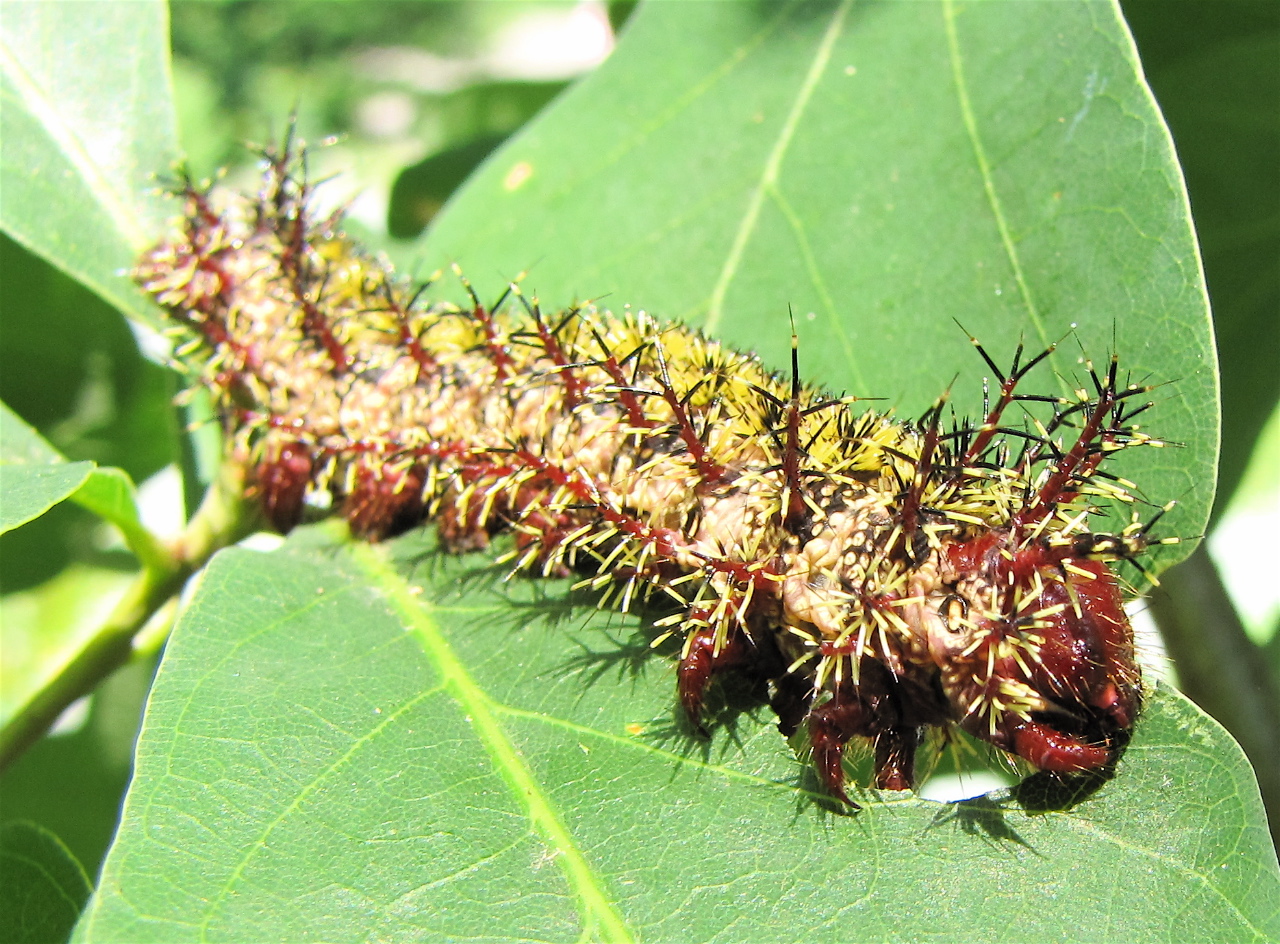
Overview
The Buck Moth is a common insect found in oak forests, stretching in the United States from the southeast to the Northeast and as far as West Texas and Kansas. If you live in that neck of the woods, they can be found in your home as well and you’re going to want to avoid these things. The larvae typically emerge in a single generation in the spring.
Poison
The larvae are covered in hollow spines that are attached to a poison sac. The poison can cause symptoms ranging from itching and burning sensations to nausea so do not touch one of these things. If you will be stung by a buck moth, it feels like you are accidentally burned yourself with a cigarette or on a kitchen stove.
They have venomous bristles along their backs. Don’t step on them barefooted, don’t let them fall into the color of your jumper or t-shirt. The sensation of the poison has been described as a deep burn, that gets worse by the second. The source of the sting will develop painfully itchy blisters.
Remedies for its poison
A person stung by a poisonous caterpillar should immediately wash the affected area to remove any insect hairs and poison that remain. An icepack will help reduce swelling and creams and lotions containing steroids will lessen the discomfort and promote healing. Persons known to be sensitive to insect stings should consult a physician.
Spanish Fly
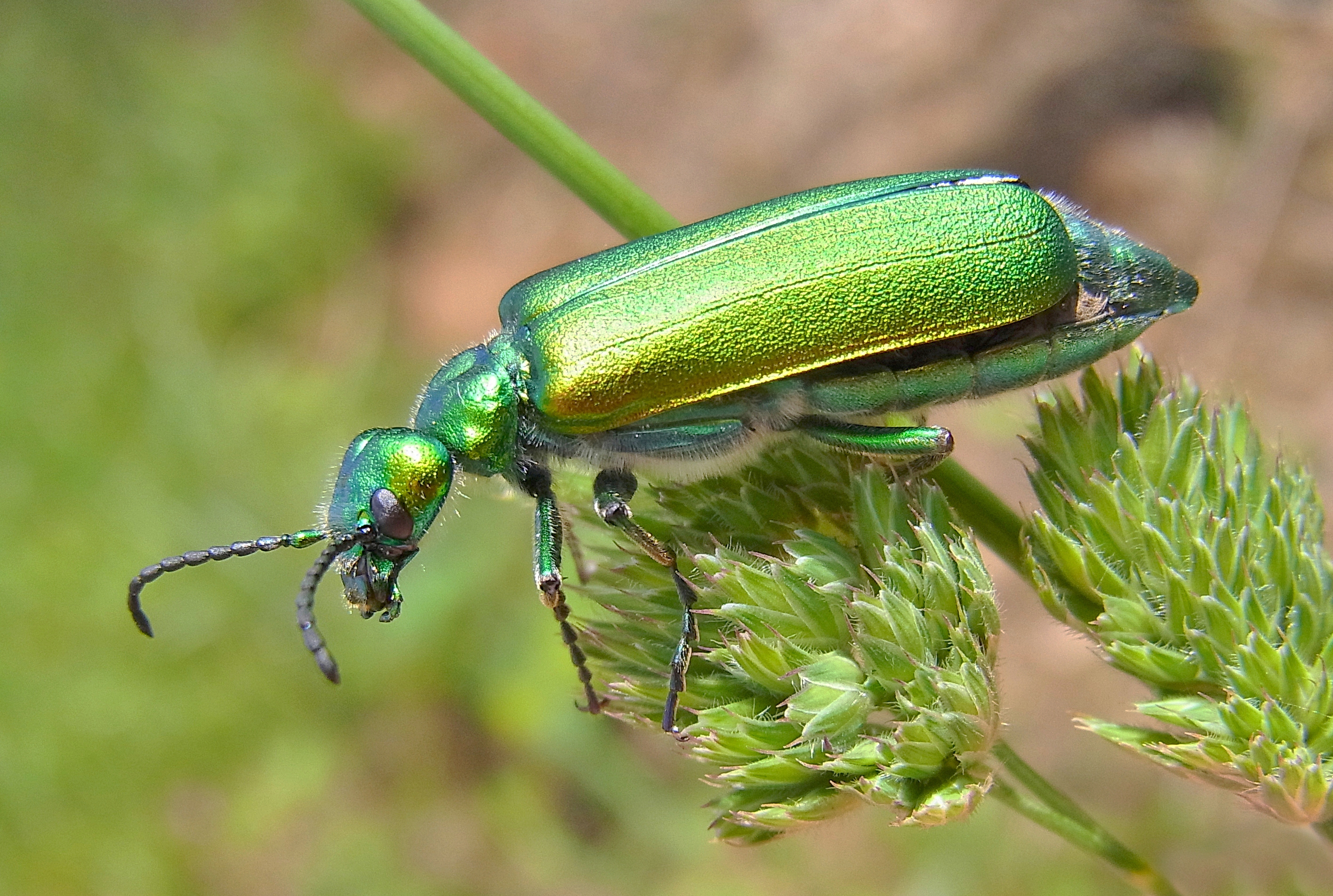
Overview
If you live in Spain, the most poisonous creature that can live in your home is the seemingly humble Spanish fly. A Spanish fly is a type of blister beetle, that produces a toxin called cantharidin to defend against predators. The toxin is absorbed by the skin on contact and causes terrible blistering and burning pain.
Dangerousness
If the beetle is eaten, the toxin causes ulcers, bleeding, and blistering throughout the digestive tract and can even result in death. One gram is enough to cause symptoms in 5000 people. Symptoms are a painful erection in man, bloody diarrhea and intestinal problems. There have even been causes of damage to the heart, kidneys, or nervous system.
Which is real?
Spanish fly is also the name of an aphrodisiac but have you seen one in your home don’t bottle it in preparation of bedtime fun. The product Spanish Fly contains no actual Spanish flies, it’s merely a potent blend of herb extract.
Africanized Honey Bee
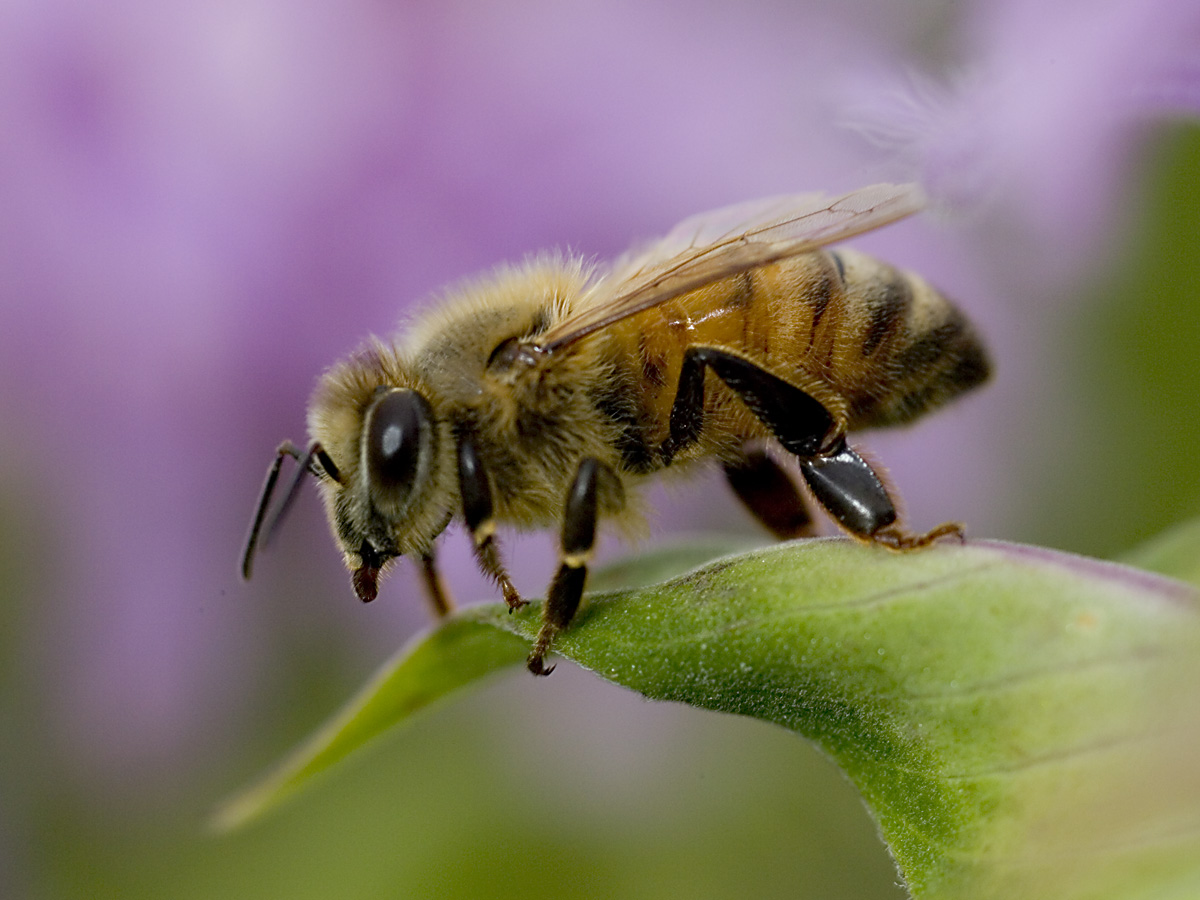
Their history
Their real name is the Africanized honeybee but just because they’re not actually called killer bees doesn’t mean they’re any less deadly than if they had been called killer bees. These terrifying things were first introduced to America after an experiment gone wrong.
According to the Smithsonian, in the 1950s colonies of African honeybees were brought into Brazil for crossbreeding in order to increase honey output. Unfortunately, some of the African Queen bees and worker bees made an escape and bred instead with European honeybees, creating the killer bee hybrid and by 1990. These killer bugs found their way into southern Texas and in 2014 scientists documented them in San Francisco.
Dangerousness
The fact is that they are 10 times faster than European honeybees and are much more aggressive. Africanized bees respond to colony disturbance more quickly and in greater numbers and with more stinging. According to research from 1982, in the past 50 years, the brutal bugs have been responsible for hundreds of deaths so make sure to keep your distance.
The problem is that may prove harder than you’d like. While the average bee may give up if you run fast enough the Africanized honeybee will give chase, enjoying the hunt.
What makes so scary?
These are bees with a vendetta though the poison in their sting isn’t necessarily much worse than a regular bee, the vigor with which they attack is what makes them so scary. The reason Africanized bee attacks are deadlier because this bee’s venom is a cocktail of biologically active components that are designed to inflict pain. The honeybee stings only defensively they don’t try to kill, they try to educate. The pain is meant to warn predators.
In this case, the humans that disturb the hive, the venom also sends a signal to fellow bees marking the predator, they’re also big on teaming up. Killer bee attacks are so much more aggressive because when a killer beehive is too disturbed, the entire colony attacks. By comparison, when a European honeybee hive is disturbed only about 10% of the bees will attack.
Sac Spiders

Overview
If you live in New England in the Midwest, you should keep your eyes peeled for the yellow sack spider unless you want to endure ten hours of agony. Sack spiders are usually pale in color with an abdomen ranging from beige to yellow.
Dangerousness
These small arachnids have a vicious bite and they will attack without any provocation at all. These eight-legged sadists will bite you just for the fun of it, at least the black widow has the decency to only bite you if you bother it. These things will come at you if you are just casually drinking a coffee and reading a book.
A sack spider bite is extremely painful for 10 solid hours and results in severe bruising and blistering better known by the name “Cheiracanthium”. Their venom is purportedly necrotic causing swelling and lesions and inflicted humans.
They’re attracted to gasoline
The yellow sack spiders are attracted to the smell of gasoline. An unspecified Cheiranthium species is reportedly attracted to the smell of petroleum and has caused problems by weaving webs inside the canister vent of particular models of Mazda vehicles. Resulting in blockages and buildup of pressure that could potentially cause fuel leakage from the fuel tank and an increased risk of fire.
Mazda issued a voluntary recall of Mazda 6 models, built between 2010 and 2012 to fit them with software which would alert drivers of problems were developing. So, not only are you at risk of finding them in your home, but you’re also at risk of finding them in your car.